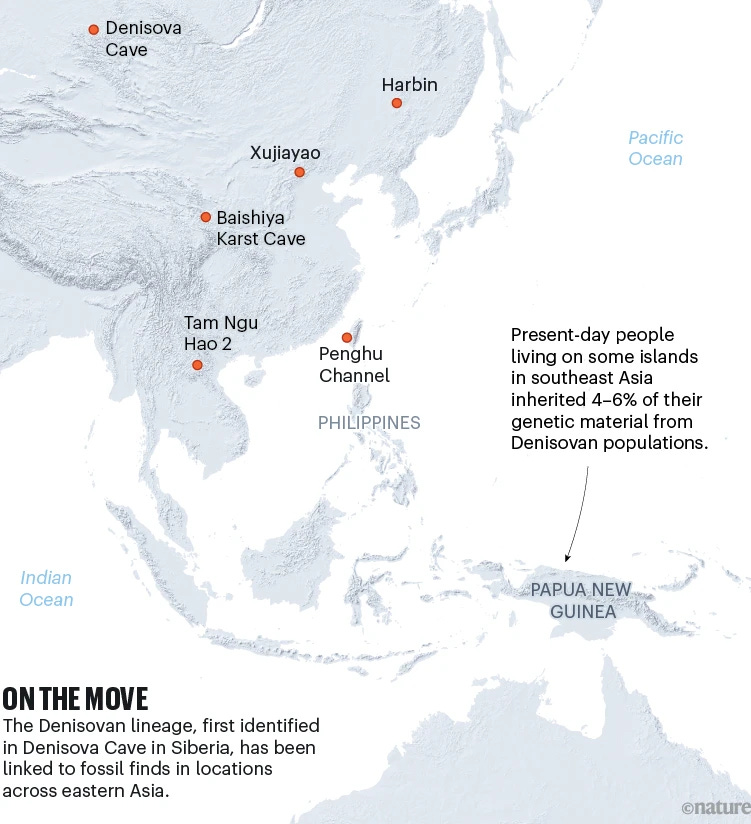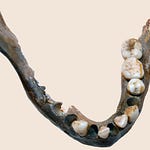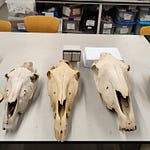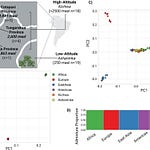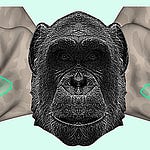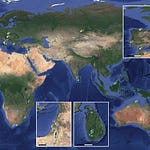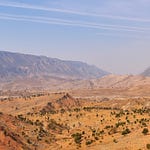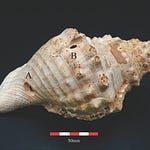In 2008, in the remote reaches of Siberia, archaeologists retrieved a sliver of bone from Denisova Cave—a pinky finger no larger than a child's marble. No one could have predicted that this modest fragment would launch a redefinition of the human family tree.
It wasn't the shape of the finger that caught scientists off guard. It was the DNA.
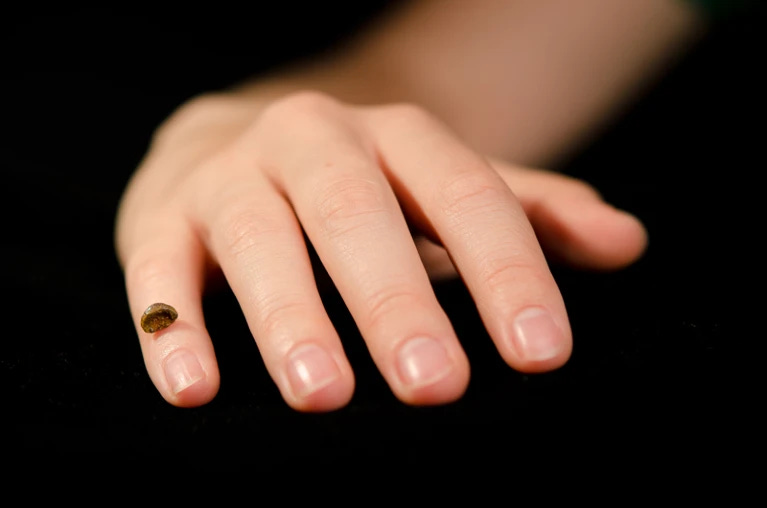
Sequencing revealed that the fossil did not belong to Homo sapiens or to Neanderthals, the two best-known human relatives in Eurasia. Instead, it represented an unknown population—one whose lineage had quietly branched off and persisted for hundreds of thousands of years. Researchers named them the Denisovans, after the cave.
"Denisovans were created from DNA work," said paleoanthropologist Chris Stringer of the Natural History Museum in London.
In the years since, fossils, tools, and proteins have surfaced across Asia, suggesting Denisovans were not a localized oddity but a diverse population that once ranged from the Tibetan Plateau to the tropics of Southeast Asia. Today, traces of their DNA still linger in many people from Oceania and Southeast Asia, including populations in Papua New Guinea and the Philippines.
Fossils with No Names
The discovery of the Denisovans flipped the traditional model of paleoanthropology on its head. Until then, new hominin species were named based on bones. Here, bones came second to molecules.
In 2010, researchers extracted the entire nuclear genome from the Denisova finger. The data revealed not only that Denisovans were a sister group to Neanderthals, but that their DNA survived in modern humans. The implications were vast: the Denisovans had been widespread, and they had interbred with Homo sapiens.
But their fossils were elusive. In 2019, a jawbone found decades earlier by a Buddhist monk on the Tibetan Plateau was identified as Denisovan through protein analysis. It was at least 160,000 years old. Two years later, Denisovan DNA was detected in sediments from the same cave, confirming they had lived at high altitudes for tens of thousands of years. Genetic data also suggested that Tibetans today carry a Denisovan gene that helps with oxygen regulation at high elevations.
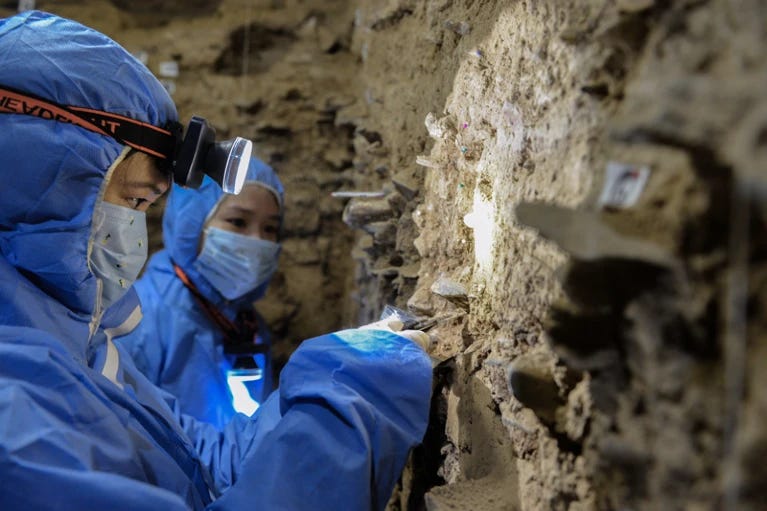
"Asia is a hotspot of human evolution," said archaeological scientist Katerina Douka.
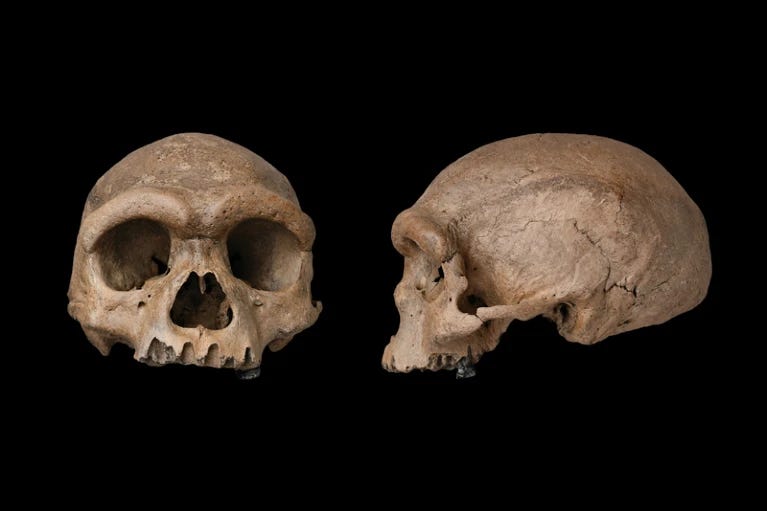
Another jawbone, this time dredged from the seafloor near Taiwan, showed dental traits similar to known Denisovan fossils. The list grew longer with a molar from Laos and skull fragments from northern China. Each offered hints, but none provided a full picture.
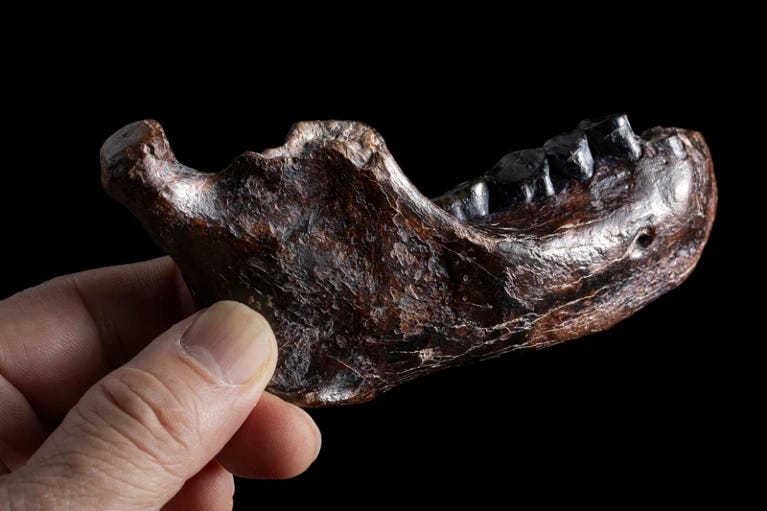
A Debate in the Bones
What to call these people has become a heated matter. In 2021, Chinese researchers proposed the name Homo longi (“Dragon Man”) for a skull recovered in Harbin, China. While some features aligned with Denisovan traits, others were unique. Critics argued it was premature to link the skull directly to the DNA from Denisova Cave.
More recently, paleoanthropologists Christopher Bae and Xiujie Wu suggested a new name: Homo juluensis, grouping together fossils from Xujiayao, Baishiya Karst Cave, and Penghu. Others are hesitant to name anything at all without more genetic confirmation.
"We don’t know where the common ancestor lived, and we don’t know what it looked like," noted Stringer.
This uncertainty speaks to a deeper problem in paleoanthropology: the uneasy marriage between genetic data and morphological traits. Some fossils have beautiful DNA, but little left to study in terms of form. Others have intact crania but no surviving biomolecules. Until both can be matched more systematically, any attempt to assign species names remains speculative.
A New Model of Human Origins?
The discovery of the Denisovans has not only introduced a new branch of the human family, but challenged assumptions about our own beginnings.
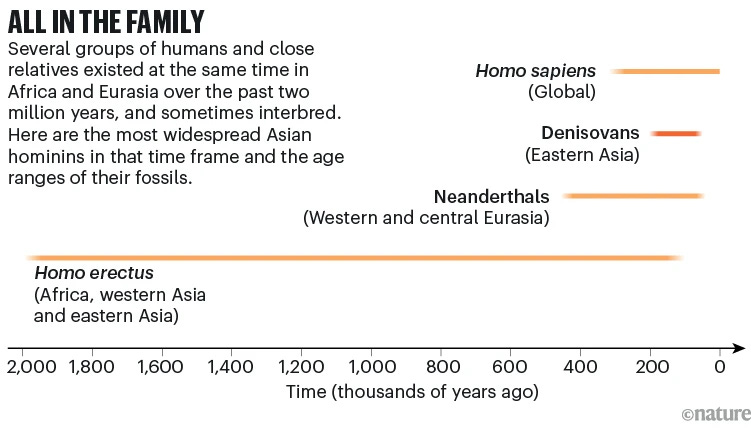
Traditionally, Homo sapiens was thought to have evolved exclusively in Africa and migrated outward. But the Denisovan record suggests Eurasia played a more active role in our evolution than previously acknowledged. Some researchers now entertain the idea that the ancestor of modern humans, Neanderthals, and Denisovans could have lived in western Asia or even Europe—and that Homo sapiens may have emerged from a network of populations, not a single cradle.
Denisovans also remind researchers just how much interbreeding shaped us. In 2018, a fragment from Denisova Cave was found to come from a girl with a Neanderthal mother and a Denisovan father. Hybrids, it seems, were not rare flukes but regular outcomes of contact.
"The Denisovans were an early warning of the possibility of massive population mixing in our evolutionary history," said Douka.
And all of this—from the hybrid girl to the population models to the possible rethinking of human origins—started with a tiny fragment of a pinky bone.
Further Reading and Related Research
Chen, F. et al. (2019). A late Middle Pleistocene Denisovan mandible from the Tibetan Plateau. Nature, 569(7756), 409–412. https://doi.org/10.1038/s41586-019-1139-x
Slon, V. et al. (2018). The genome of the offspring of a Neanderthal mother and a Denisovan father. Nature, 561(7721), 113–116. https://doi.org/10.1038/s41586-018-0455-x
Demeter, F. et al. (2022). A Late Middle Pleistocene Denisovan molar from the Annamite Chain of northern Laos. Nature Communications, 13, 2557. https://doi.org/10.1038/s41467-022-30020-w
Stringer, C. et al. (2025). Morphological clustering of Eurasian Pleistocene Homo fossils. bioRxiv. https://doi.org/10.1101/2024.05.16.594603
Bae, C. J., & Wu, X. (2024). Homo juluensis: A new species designation for Denisovan fossils. Nature Communications, 15, 9479. https://doi.org/10.1038/s41467-024-39479-1


